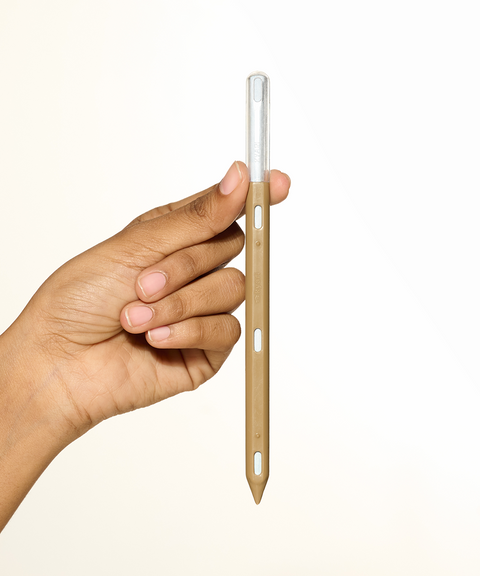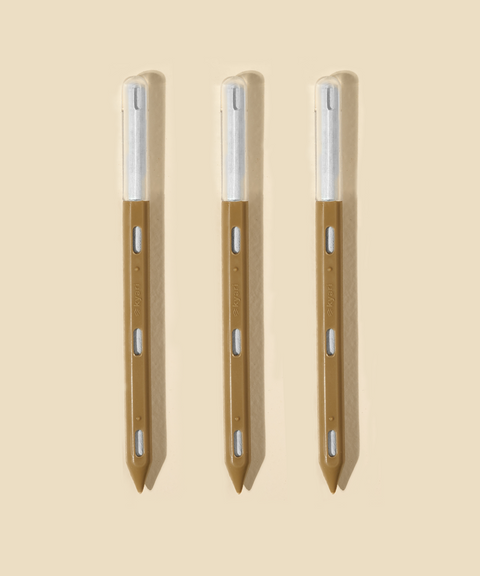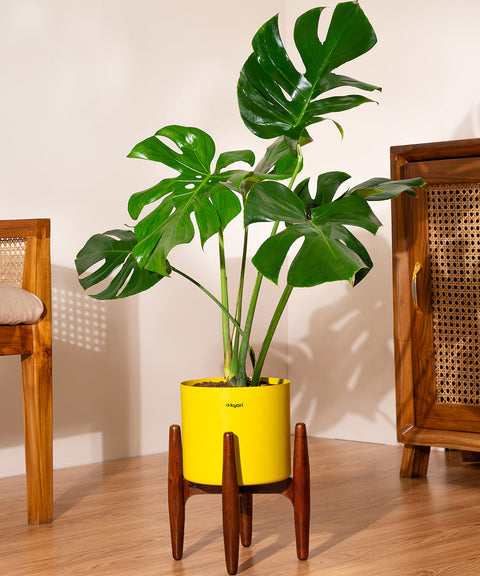About
Bonsai Plant
The Bonsai, with its miniature form and intricate design, is a captivating houseplant that brings a touch of serenity and artistry to any indoor space. Known for its unique beauty and cultural significance, it’s perfect for plant enthusiasts who appreciate the art of living sculptures
Origin
The practice of Bonsai originated in China and was later refined in Japan. Various species can be trained as Bonsai including ficus juniper maple and pine.
Light
Prefers bright indirect light. Some species can tolerate full sun while others prefer partial shade. It’s essential to understand the specific light requirements of your Bonsai species for optimal growth.

Water
Water when the top inch of soil feels dry. Bonsai trees prefer consistent moisture but should not be waterlogged. Adjust watering frequency based on the species and indoor climate.
Humidity
Thrives in moderate to high humidity. Bonsai trees appreciate regular misting and can benefit from a humidity tray especially in dry indoor environments
Bonsai trees have been cultivated for over a thousand years, a practice that began in China and was later refined in Japan. Tending to a bonsai is like taking a journey through time, connecting with ancient traditions and honing your patience and artistic skills. It’s like having a miniature, living time machine on your windowsill, blending history with horticulture
Placement
The Bonsai tree is known for its calming energy and artistic presence. Here’s where to place it
Adds a touch of natural elegance and improves air quality. Position it in a well-lit area to showcase its intricate design.
Enhances focus and reduces stress. The presence of a Bonsai tree can create a more serene and productive workspace.
Creates a welcoming atmosphere and symbolizes balance and harmony. A Bonsai tree in the entryway can set a peaceful tone for the entire home.
Frequently Asked Questions
The ideal temperature for a Bonsai tree varies depending on the species. Generally most Bonsai trees thrive in temperatures between 60°F to 75°F (16°C to 24°C). It’s essential to understand the specific temperature requirements of your Bonsai species.
Water your Bonsai tree when the top inch of soil feels dry. Adjust the frequency based on light exposure indoor climate and the specific needs of your Bonsai species.
Bonsai trees prefer bright indirect light. Some species can tolerate full sun while others prefer partial shade. It’s essential to understand the specific light requirements of your Bonsai species
Place your Bonsai tree in a well-lit area such as the living room or office. Ensure it receives the appropriate amount of light based on its species
Bonsai trees require regular pruning repotting and training to maintain their shape and size. It’s essential to learn the specific care techniques for your Bonsai species to ensure its health and longevity.
Yellowing leaves can be caused by overwatering or poor drainage. Improve drainage and reduce watering.
Brown leaf edges indicate low humidity or underwatering. Increase humidity and ensure consistent watering
Keep the plant clean by inspecting regularly for pests and using insecticidal soap if necessary. Bonsai trees can be susceptible to pests like aphids spider mites and scale insects
Drooping leaves can be caused by underwatering or overwatering. Adjust the watering schedule to ensure soil is evenly moist but not soggy.
Yellow leaves can indicate overwatering. Allow the soil to dry out between waterings and ensure the pot has adequate drainage








 Limited Time Deal
Limited Time Deal
 BYOB - Small Plants
BYOB - Small Plants










































































































